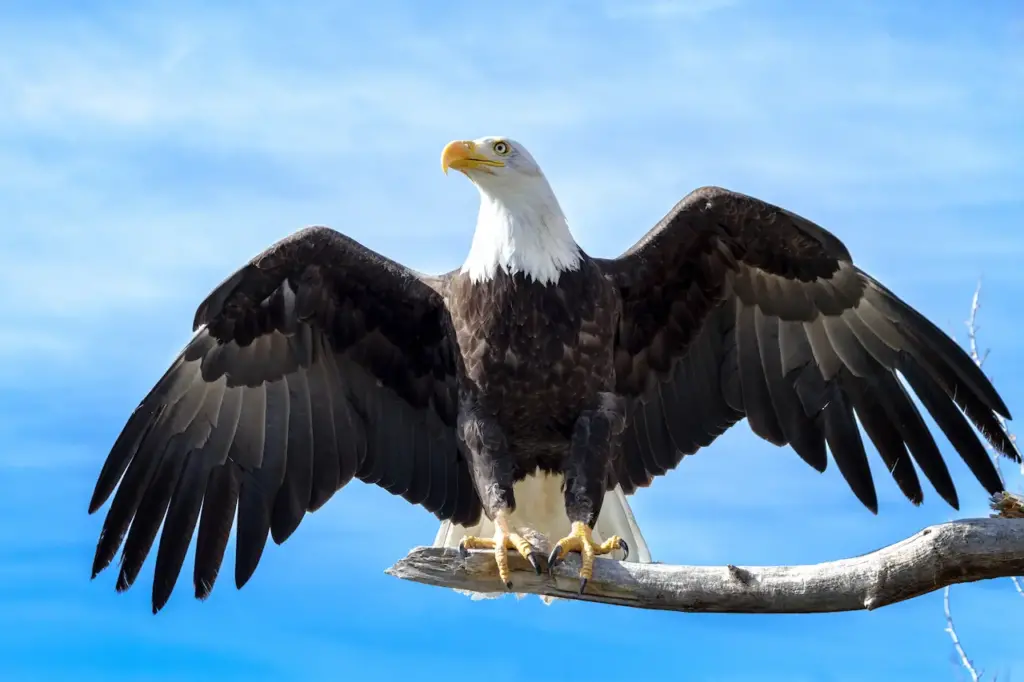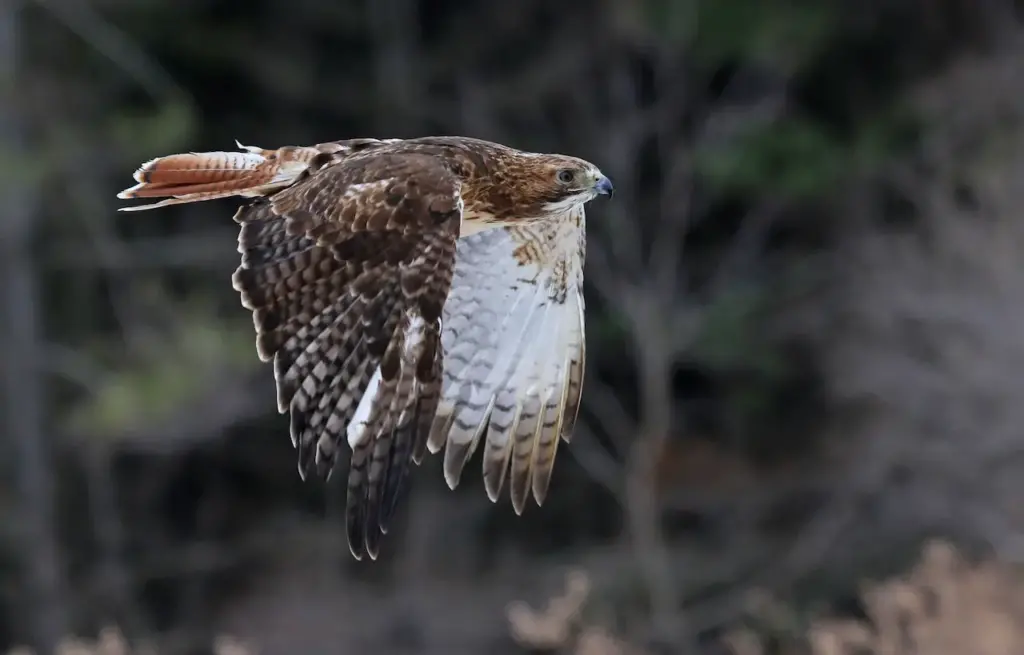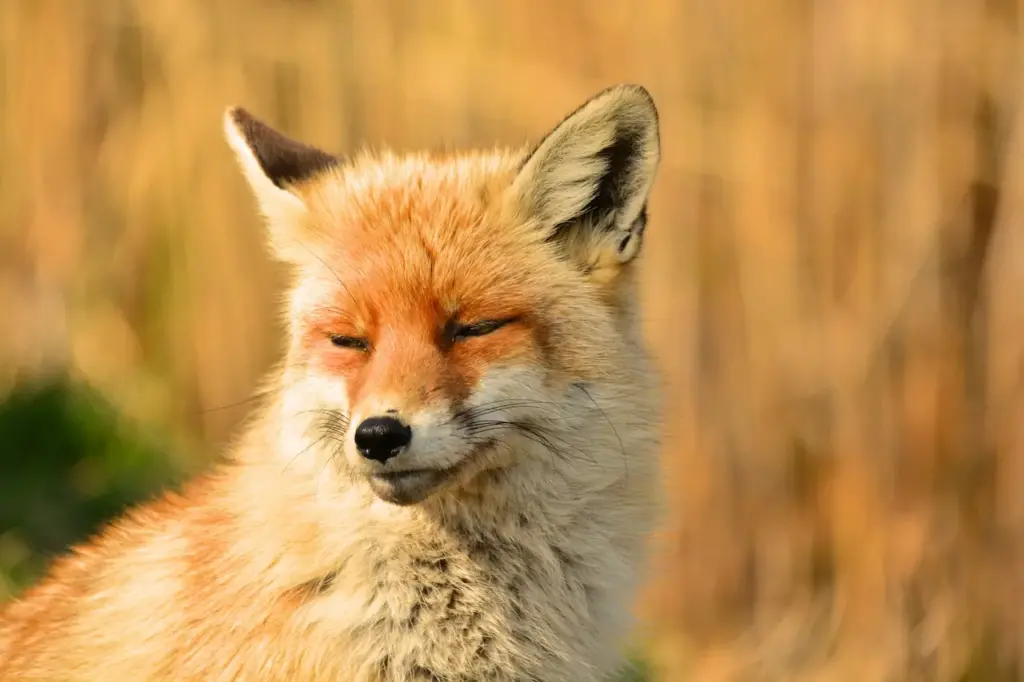What Eats Owls?
Categories
- Accipitridae (1)
- Acrididae (1)
- Algae (2)
- Alligatoridae (1)
- Amoebidae (1)
- Amphibians (3)
- Anatidae (1)
- Anguillidae (1)
- Arachnids (2)
- Bears (2)
- Big Cats (3)
- Birds (13)
- Bovidae (5)
- Bufonidae (1)
- Camelids (1)
- Cameras (1)
- Canines (13)
- Caridea (1)
- Carnivora (10)
- Castoridae (1)
- Cats (5)
- Cebidae (1)
- Cephalopod (1)
- Cervidae (2)
- Cetacean (1)
- Chondrichthyes (1)
- Crocodilia (2)
- Crustaceans (4)
- Culicidae (1)
- Cyaneidae (1)
- Dasypodidae (1)
- Dasyurids (1)
- Deer (1)
- Delphinidae (1)
- Desktop (1)
- Didelphidae (1)
- Dinosaurs (1)
- Dogs (13)
- Dolphins (2)
- Echinoderms (1)
- Education (10)
- Elephantidae (1)
- Equine (1)
- Erethizontidae (1)
- Erinaceidae (1)
- Farming (1)
- Felidae (5)
- Fish (5)
- Food Chain (31)
- Food Web (2)
- Formicidae (1)
- Frugivore (1)
- Gaming (1)
- Gastropods (1)
- Giraffids (1)
- Great Apes (2)
- Health Conditions (3)
- Herbivore (4)
- Hi-Fi (1)
- Hippopotamidae (1)
- Hominidae (1)
- Insects (10)
- Invertebrates (2)
- Keyboards (1)
- Laptops (1)
- Leporidae (1)
- Mammals (23)
- Marsupials (4)
- Mephitidae (1)
- Microchiroptera (1)
- Mollusks (2)
- Mongoose (1)
- Muridae (1)
- Nocturnal Animals (1)
- Odobenidae (1)
- Omnivore (2)
- Phasianidae (1)
- Phocidae (1)
- Plankton (1)
- Plants (2)
- Primate (1)
- Ranidae (1)
- Reptiles (7)
- Rhinocerotidae (1)
- Rodents (5)
- Salamandridae (1)
- Scarabaeidae (1)
- Sciuridae (2)
- Sharks (1)
- Shellfish (1)
- Sound (1)
- Spheniscidae (1)
- Suidae (1)
- Superfamily Papilionoidea (1)
- Theraphosidae (1)
- What Eats (5)
As skilled aerial hunters occupy vital ecological roles in keeping rodent populations in check, owls likely seem immune to predation pressures themselves. Yet even these powerful raptors cannot evade death forever, instead serving as food sources sustaining other apex predators.
In this article, we will explore 5 animal groups that commonly prey on owls—eagles, hawks, great horned owls, snakes, and mammals like foxes and coyotes. It details how they successfully hunt such elusive raptors.
Table of Contents
ToggleEagles
With wingspans over 7 feet wide and capacities up to 15 pounds, imposing eagles epitomize apex avian predators equipped to snatch sizable owl prey.
Both bald eagles and golden eagles opportunistically hunt owls, though estimated occurrences vary. Utilizing immense aerial talents and sharply curved talons, eagles carry definitive size and strength advantages over most owl species.
Eagles that occasionally prey on owls include:
As famous American raptors recovering from endangerment, bald eagles opportunistically catch great horned owls and even nearly equal-sized barred owls on occasion.
Their preference for fish and waterfowl means direct predation on owls is uncommon. Still, bald eagles wield enough power with 8-foot wingspans and 13-pound capacities to make easy meals for most owls through surprise attacks.
Despite limited data quantifying rates, their protecting of prime hunting grounds likely motivates territorial conflicts with and subsequent owl predation events by bald eagles from coast to coast. Any less agile owls caught unaware near eagle domains face formidable aerial foes.
Golden Eagles
With legendary precision diving attacks reaching 150 miles per hour, golden eagles constitute consummate avian hunters equipped with tremendous power to take down huge mammals like foxes and deer.
Comparatively diminutive owls fall readily within the 10+ pound raptors’ predatory prowess. Golden eagles specifically target great horned owls and great gray owls invading their home ranges in direct competition.
The frequency of golden eagles preying on specific owl species directly relates to habitat overlap. As opportunists maximize available food sources, golden eagles eliminate rival birds of prey like horned owls, contesting limited food resources through their territories.
With owl numbers booming in some regions, researchers confirmed increased golden eagle predation linked to burgeoning populations.
Hawks
Medium-sized raptors like red-tailed hawks and goshawks occasionally prey on certain owls as supplemental nutrition.
Though considerably smaller than eagle predators, opportunistic hawks still ambush roosting owls, especially in lean winter months when more common prey grows scarce.
Successfully targeting slumbering owls requires precisely executed surprise attacks before owls react defensively with sharp talons. Of all hawk owl predators, northern goshawks prove most prolific and daring.
Despite averaging just 2-4 pounds, goshawks can take down even great horned owls nearly 4 times their size through sustained aggressive aerial pursuits wearing down opponents.
Razor-sharp goshawk talons eventually overwhelm larger owls, unable to escape once initial ambushes commence. As fearsome forest raptors, goshawks likely also view encroaching owls as competition worth removing.
Though owls only intermittently appear in their diet, when necessary, red-tails and goshawks illustrate the ability to punch above typical weight classes, revealing their lethal predatory skills, trumping expected size mismatch disadvantages.
These bold hawks reflect the reality that even notoriously vigilant owls periodically fall prey to harsh wilds.
Great Horned Owls
The quintessential owl predators themselves opportunistically prey on certain smaller, more vulnerable owl species. As apex avian predators defending prime nesting and hunting grounds, great horned owls aggressively target intruder owl species straying obliviously onto their turf.
With hefty frames of up to 4 pounds, 5-foot wingspans, deadly talons, and extreme aerial maneuverability, great horned owls easily overpower smaller owls.
Diminutive species like flammulated owls and burrowing owls under 2 ounces stand little chance against ruthless great horned owls resolving territorial infringements with lethal finality.
Usually focused on ample robust mammal prey, great horned owl parents slay fellow raptors near nest sites during breeding months March through July. Unwitting tiny owls occasionally find themselves outmatched against these commanding avian hunters.
Through their ruthless elimination of weaker competition, great horned owls illustrate the harsh realities even within raptor dynamics where only the strong survive in the perpetual evolutionary arms race determining optimal traits.
For small owls, avoiding inhabited great horned owl home ranges seems critical to prevent lethal conflicts.
Snakes
Stealthy snakes like rat snakes and king snakes use ambush tactics to prey on small-sized owls they happen to find accessible, chiefly in rural buildings or along habitat transition zones.
These opportunistic reptiles frequent rodent-rich environments and are also often home to hunting owl species. With an element of surprise, snakes can strike roosting owls before they take flight.
Leveraging brute strength, snakes overcome raptors despite talon defenses. Constrictors like rat snakes asphyxiate owl prey rapidly after surprise attacks.
Though owls do not constitute a primary food source, snakes supplement abundant rodent-centered diets when circumstances make owl predation achievable.
In particular, nesting owls seeking abandoned rural buildings already housing rat snakes or king snakes soon regret to overlap with habitat housing these opportunistic serpents.
Rare yet documented events reveal even apex avian hunters may ultimately succumb to surprise snake attacks given the right vulnerable roosting locations enabling such unlikely predation opportunities.
Mammals
Terrestrial mammals like foxes, coyotes, bobcats, and weasels also sporadically prey upon owls. As opportunistic carnivores scavenging anything edible, mammals utilize speed, stealth, and cunning hunting instincts to ambush unwary roosting owls. Certain species more routinely access owl prey:
Foxes stay alert to any animal movements, potentially indicating easy meals. Radar dish ears and acute night vision give them an advantage in detecting owls’ presence. Though owls avoid ground routines and descend to earth immediately draw fox attention and prompt mobbing pursuit. Through persistent harassment stressing grounded raptors, foxes ultimately drag down and kill helpless owls.
Coyotes use pack numbers, searching territories nightly for food. High-pitched yipping signals alert others upon discovering prime targets like hiding owls. Surprise attacks from multiple angles overwhelm formidable but isolated raptors. Some cultures even believe owls forecast coming deaths when cries are heard, perhaps as broadcasts of the birds’ own final moments amid coyote chaos.
Bobcats stealthily climb trees and structures where small owls nest. Excellent climbing skills give them access to barred and barn owl nests unattainable for exclusively terrestrial hunters. Quick ambushes upon reaching owl roosts enable bobcats to secure meals before nesting owls organize defensive counter-attacks.
Weasels brazenly investigate any intriguing cavity or burrow they discover that could hide tasty owl eggs or chicks. While adult owls normally prevail, fending off the pint-sized predators, weasels occasionally access unguarded nests in crevices. Their elongated, sinuous bodies prove perfectly suited, slipping through cracks and capturing helpless owl young. These fearless mustelid martens reflect one more common mammal group opportunistically preying on vulnerable owls.
Conclusion
From formidable eagles and goshawks outmatching even robust great-horned owls to sly foxes and coyotes ambushing grounded roosting raptors, diverse predators regularly prove capable of dispatching owls.
Maximizing available food sources means opportunistic hunters like mammals and snakes cannot resist investigating intriguing holes and nests potentially housing helpless owl eggs, chicks, or obliviously roosting adults.
Circumstances like territorial disputes, food chain overlaps, and accidental habitat intersections determine unlikely yet inevitable predator-prey role reversals.
Predation provides natural population control, preventing species like great horned owls from disrupting ecosystems by overhunting critical rodent food sources down the chain.
Even master avian hunters must remain vigilant against competition and monitor their own numbers to prevent monopolizing resources.
So while owls stake reputations as supreme nocturnal avian predators, the predatory prowess of eagles, foxes, weasels, and coyotes serve as sobering reminders even these rulers of darkness must watch their backs across the land, air, and trees!



